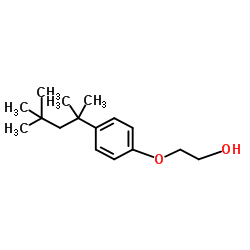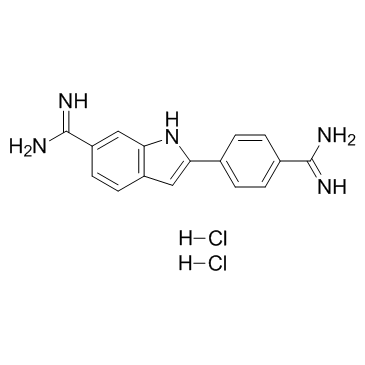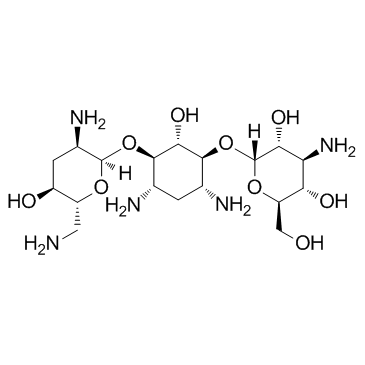| Structure | Name/CAS No. | Articles |
|---|---|---|
 |
Hydrochloric acid
CAS:7647-01-0 |
|
 |
sucrose
CAS:57-50-1 |
|
 |
2-(4-(1,1,3,3-Tetramethylbutyl)phenoxy)ethanol
CAS:2315-67-5 |
|
 |
4',6-Diamidino-2-phenylindole dihydrochloride
CAS:28718-90-3 |
|
 |
Tobramycin
CAS:32986-56-4 |
|
 |
HYDROGEN CHLORIDE ~1.25 M IN METHANOL, 250 ML
CAS:132228-87-6 |
|
 |
Proparacaine Hydrochloride
CAS:5875-06-9 |
|
 |
(R)-(-)-Phenylephrine
CAS:59-42-7 |
|
 |
2-Phenylindole
CAS:948-65-2 |